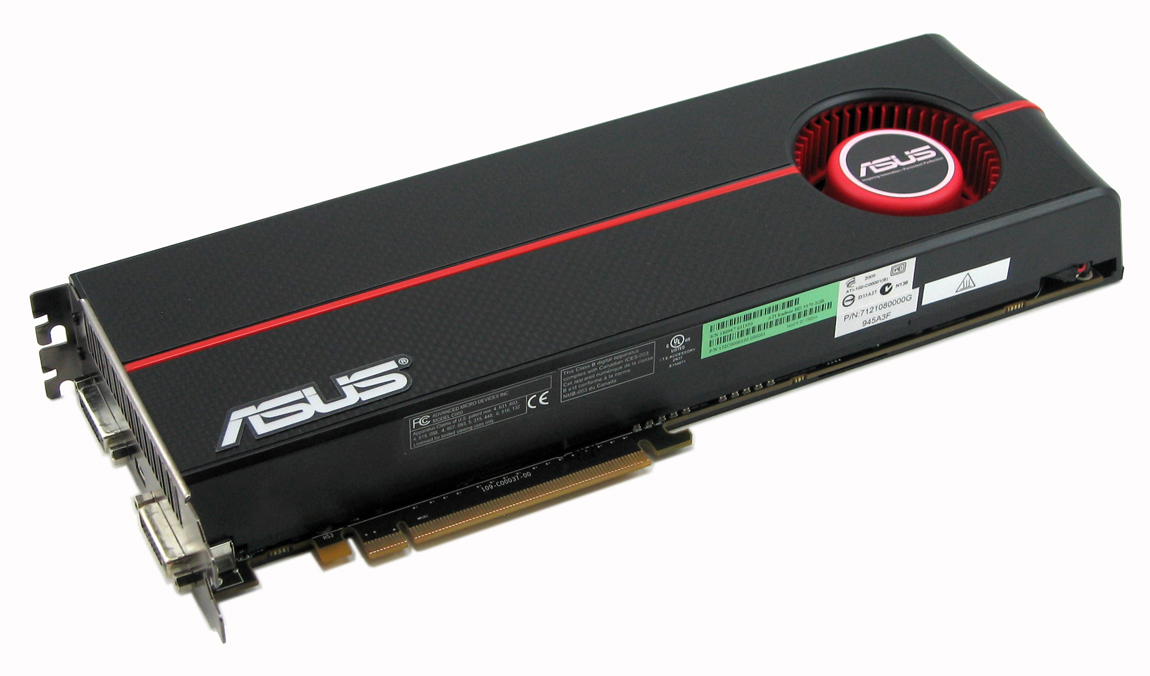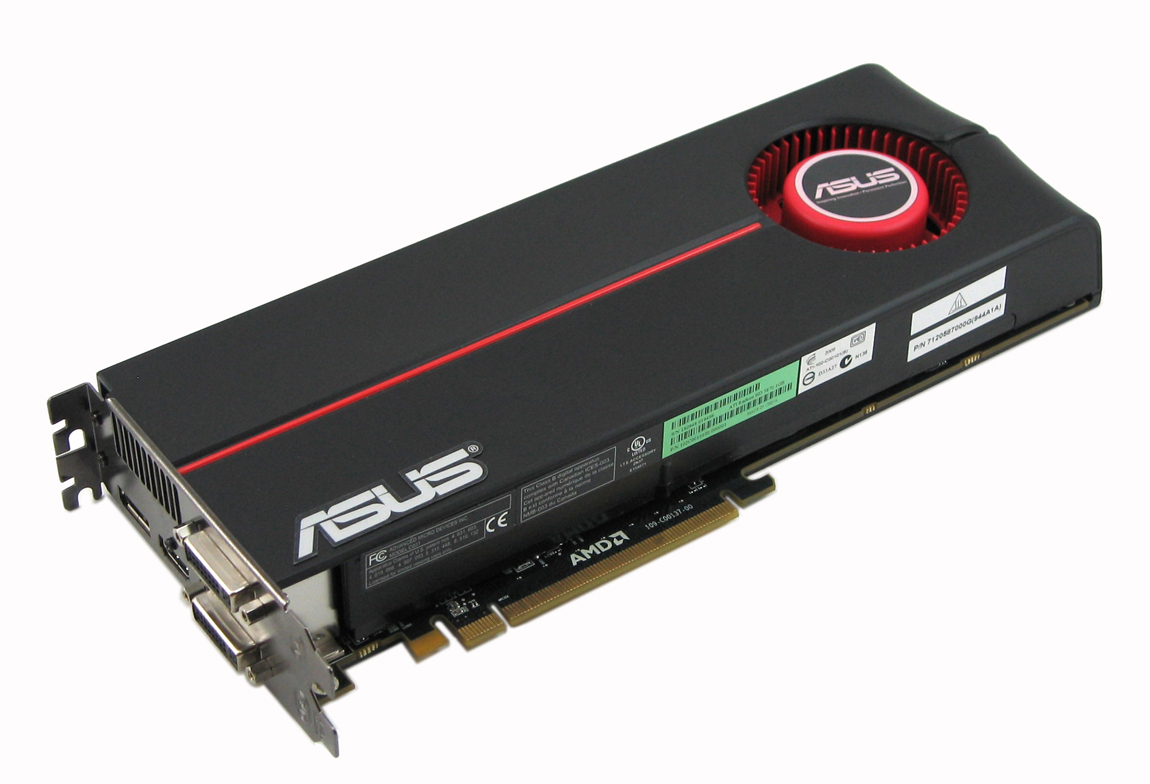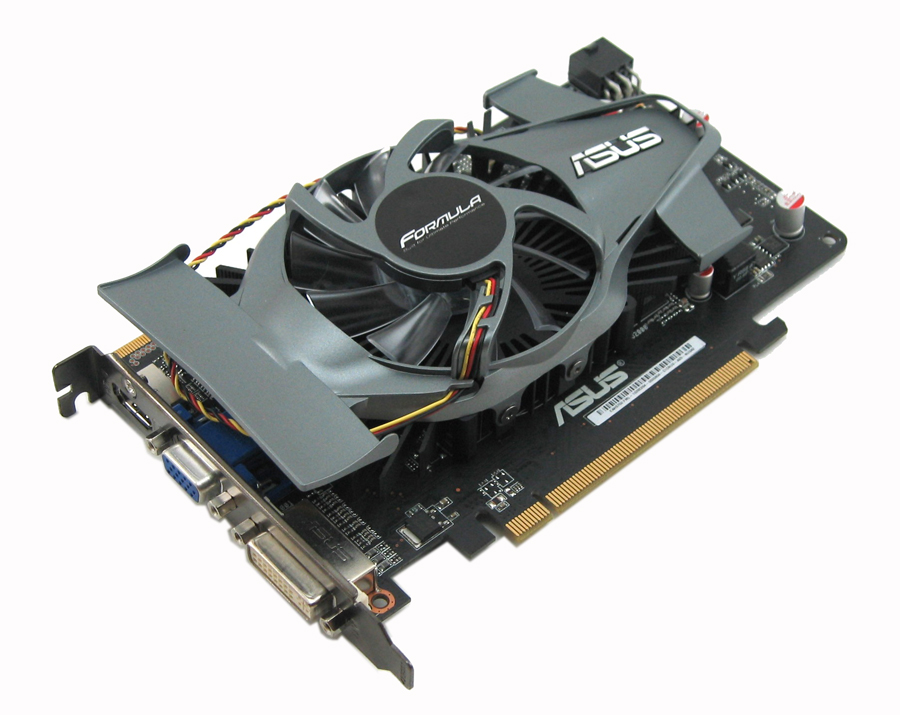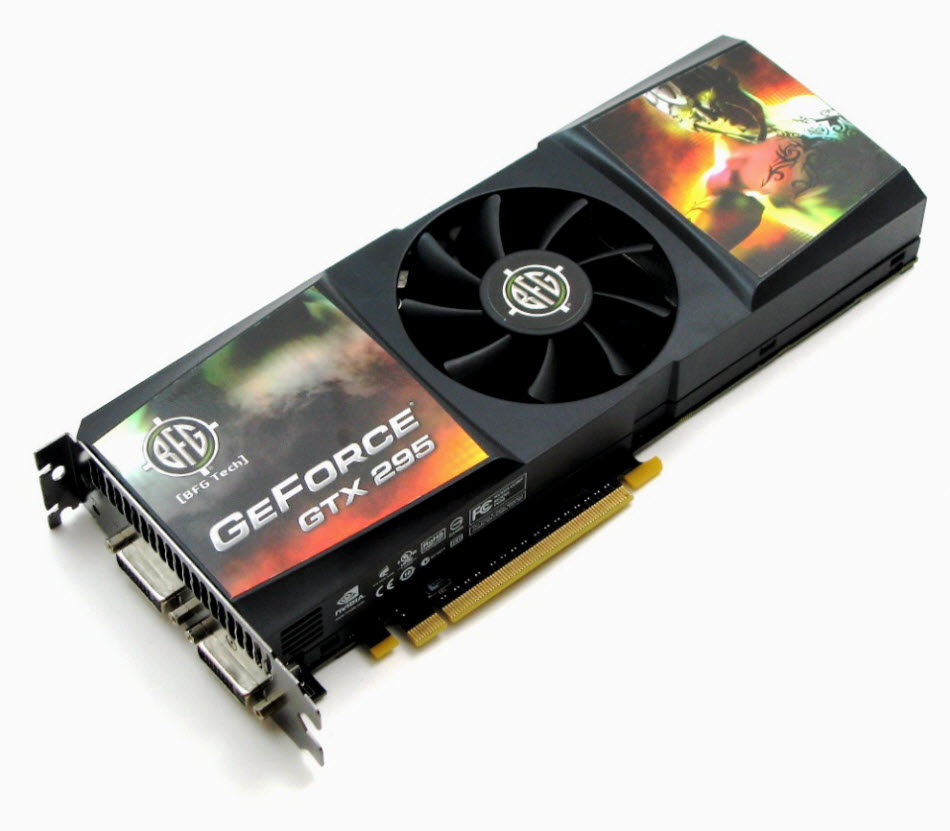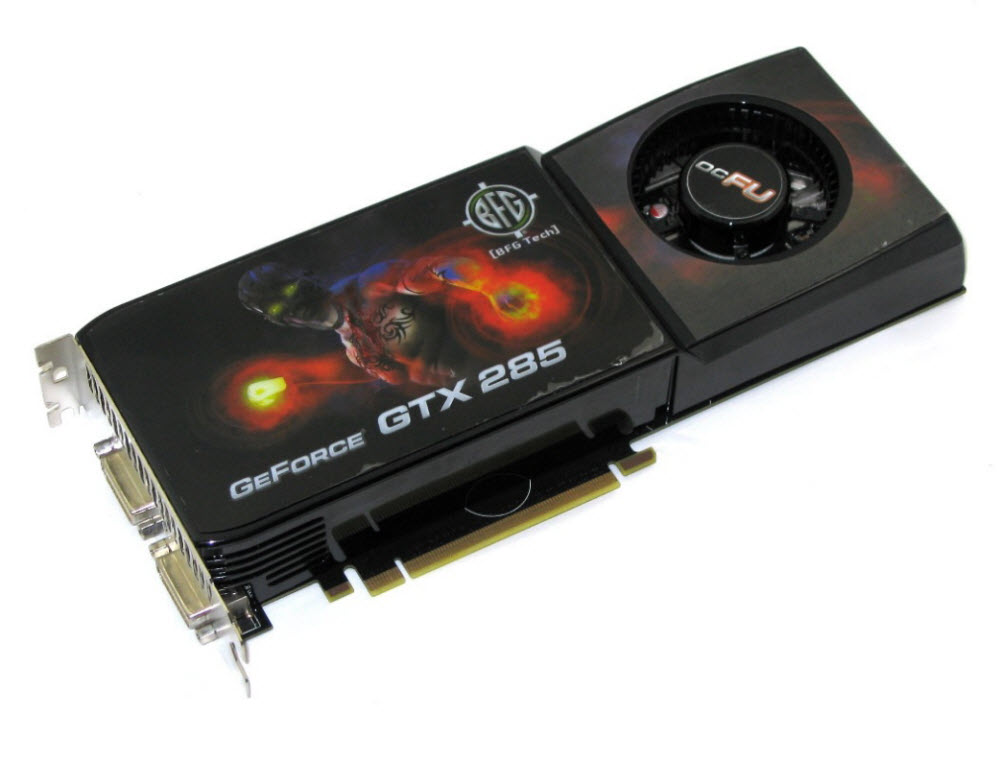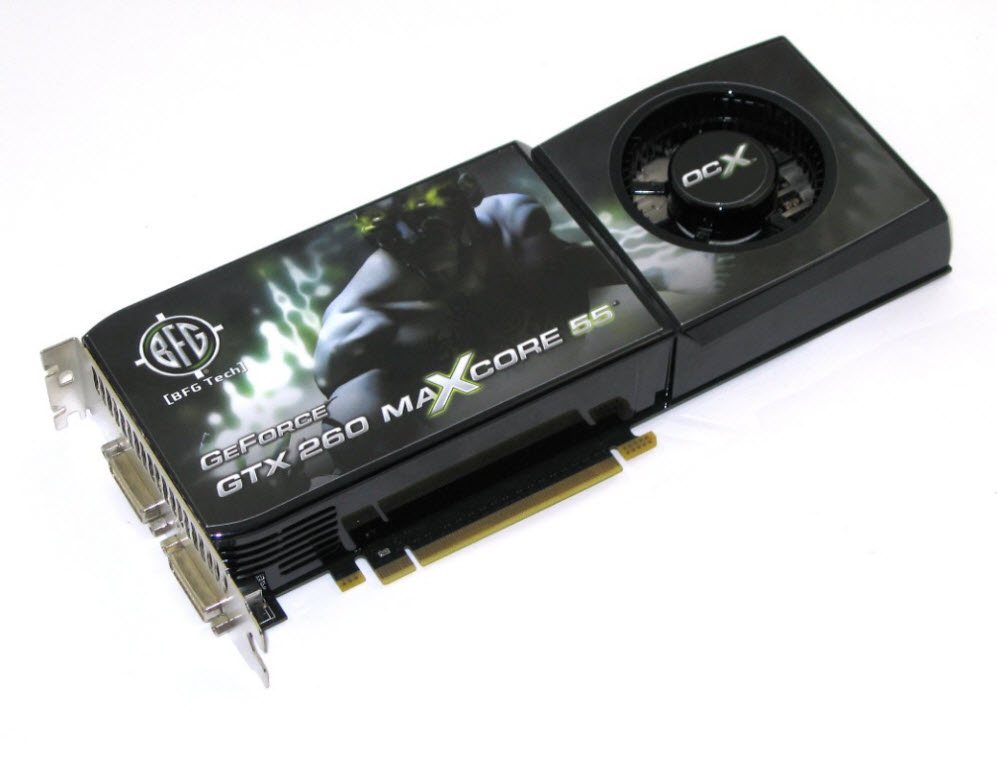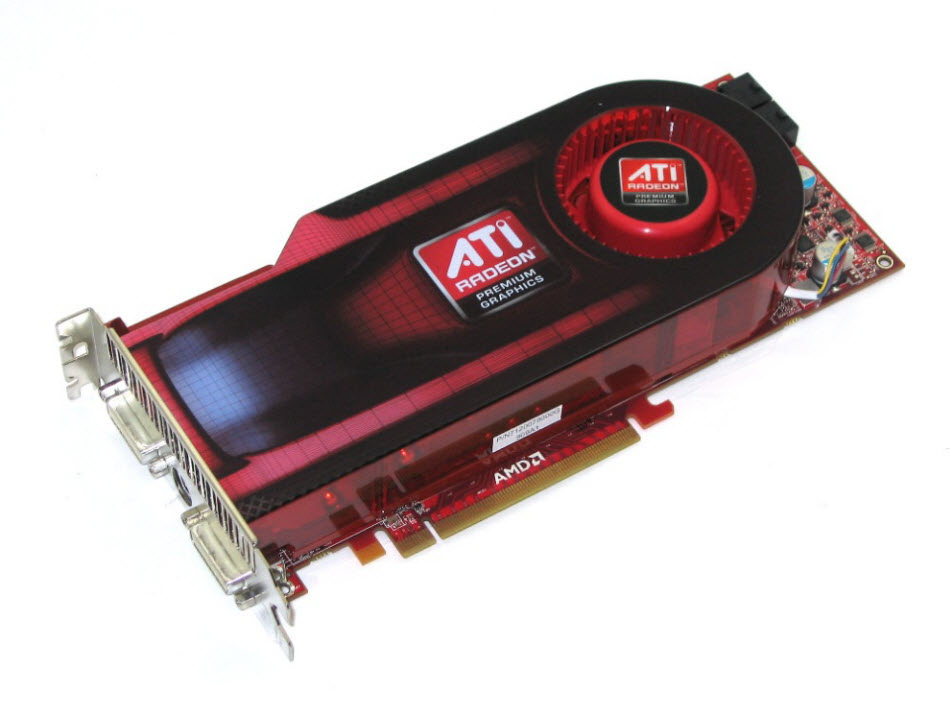Part 4: Building A Balanced Gaming PC
What does it mean to build a truly-balanced PC? How great would it be to piece together a machine bottlenecked by neither CPU or GPU? We set forth to measure the perfect balance in seven different games and four resolutions in this fourth of many parts.
Graphics Cards
If you have any hope of playing the latest games in their full glory (by which we mean max'ed out details) and at high native LCD resolutions, we can’t overstate how important it is to have a powerful graphics card in your system. For our purpose here, we chose cards from ATI and Nvidia, covering (at the time) a snapshot of the available gaming solutions priced roughly $100 and up.
Asus EAH5970
The dual-GPU ATI Radeon HD 5970 is currently the most powerful reference gaming card you can buy. Each GPU is clocked at 725 MHz and features 1600 shader processors, 80 texture units, 32 ROPS, 1 GB of GDDR5 clocked at 1000 MHz, and a dedicated 256-bit memory interface.
This beastly flagship card is slightly over a foot long and will set you back nearly $700. But you're essentially getting two full-fledged Radeon HD 5870s with clock speeds lowered to match the Radeon HD 5850, all packed onto a single PCB.
Asus EAH5870
AMD's fastest single-GPU card is the Radeon HD 5870, which adds the latest-generation features, while matching the performance of the former dual-GPU Radeon HD 4870 X2. The card measures 11 inches long and has the same basic specs as each GPU on the Radeon HD 5970, but with 850 MHz core and 1200 MHz GDDR5 clock speeds.
Asus EAH5750 Formula
Get Tom's Hardware's best news and in-depth reviews, straight to your inbox.
The affordable Radeon HD 5750 has 720 shader processors, 36 texture units, 16 ROPS, and a 128-bit memory interface. Asus fits this card with a unique non-reference “Formula fansink” design and a different array of connectivity ports. But the GPU is clocked at 700 MHz and the 1 GB of GDDR5 at 1150 MHz, just like a reference card.
BFG GeForce GTX 295
Representing the flagship
of Nvidia’s GTX 200-series is the BFG GeForce GTX 295. Unlike the original GTX 295s, built on two PCBs, this newer revision features two GT200b GPUs on a single PCB.
Sporting a total of 1792 MB GDDR3 (896 MB per GPU), two 448-bit memory interfaces, a 576 MHz core clock rate, a 1242 MHz shader clock, and a 999 MHz memory clock, each GPU has the general specifications of Nvidia's GeForce GTX 260. However, the GPUs themselves boast a full 240 stream processing cores, like the GeForce GTX 285, GeForce GTX 280, and GeForce GTX 275.
BFG GeForce GTX 285 OCFU
This BFG GeForce GTX 285 OCFU represented the most powerful single-GPU card available back during our first round of testing. Its features include 240 shader processors, a 712 MHz core clock rate, a 1620 MHz shader clock rate, 1 GB of GDDR3 memory running at 1332 MHz (2664 MHz effective), and a 512-bit memory interface. These are extremely high (albeit overclocked) clock rates right out of the box, backed by BFG’s lifetime warranty.
For Part 1 and Part 2 testing, we down-clocked this board to reference GeForce GTX 285 speeds of 648 MHz (core), 1476 MHz (shader), and 1242 MHz (memory). In Parts 3 and 4, we utilize BFG’s factory overclock speeds listed above.
BFG GeForce GTX 260 OCX Max Core 55
The BFG GeForce GTX 260 OCX Max Core 55 combines 216 shader processors, 896 MB of GDDR3 memory, BFG’s highest factory overclock on a GeForce GTX 260 of 655 MHz core, 1404 shader, and 1125 MHz on the memory clock (2250 MHz effective). Of course, it's also covered by BFG’s lifetime warranty.
We again down-clocked this board to reference speeds of 576 MHz core, 1242 MHz shader, and 999 MHz memory frequencies for initial testing in Part 1 and 2, but run BFG’s OCX Max Core 55 speeds during this round of testing.
ATI Radeon HD 4890
Representing AMD’s top single-GPU card from the Radeon HD 4800-series, the Radeon HD 4890 has the same vital GPU specifications as the Radeon HD 4870 X2, such as 1 GB of GDDR5 memory, 800 shader processors, 40 texture units, 16 ROPs, and a 256-bit memory bus. However, the RV790 graphics processor made it possible for AMD to serve up higher clock rates (up to 850 MHz on the core and 975 MHz memory).
Special thanks to Asus, AMD, and Nvidia for arranging the graphics hardware needed to make this entire series possible.
Editor's note: Just to preempt any confusion about the graphics cards being used in Part 4, allow me to reiterate Paul's introduction. We're using the same boards featured in Part 3 in order to enable comparisons between the Intel- and AMD-based platforms. Moving forward, you'll see Part 5 including GeForce GTX 400-series boards.
-
wildeast "such as NVidia’s GeForce GTX 400-series and revamp the benchmark suite with some new DirectX 11 titles."Reply
i'll be waiting for that, and maybe some i5 cpu to see what fit sli best -
jsowoc "We set forth to measure the perfect balance in seven different games and four resolutions in this third of many parts." (?)Reply
I think you copied this paragraph from part 3 and forgot to change it to 4... ;-) -
theshonen8899 With the amount of love you guys have for the Athlon x3 I was really hoping to see it on here :\Reply
I guess I can kind of predict where it'd fall though. -
L0tus Brilliant piece.Reply
I wish I had read this before building my system as I can see that I clearly spent too much on my CPU instead of GPU (i5-750 + HD5770) . Would have done much better with (X2 550 BE + HD5850) !
...ain't hind sight a b***h!
Also interesting to see how GPUs really start to distinguish themselves at higher resolutions. Again, brilliant work. -
TheStealthyOne I built a computer for my brother using a Phenom ii 550 paired with a 5770, and it screams! Fantastic gaming chip! It just goes to show you can achieve fantastic performance by planning and balance.Reply -
garlik_bread Personally, i'd be interested to see results from a card with less han 1GB RAM on the GPU.Reply
On the lower end of the spectrum, with the lower resolutions, is the 1GB really necessary?
Basically, i have a 512MB Asus 5770 and want to validate my purchase :D -
plasmastorm Still running a Maximus formula 775 board with a Q6600, 8gb ram and a Radeon 5850 but this is certainly handy for future reference.Reply
Probably skipping the i5/i7 generation as I can still play anything at max settings on my 22" monitor while running a 2nd for a film tho :) -
descendency plasmastormStill running a Maximus formula 775 board with a Q6600, 8gb ram and a Radeon 5850 but this is certainly handy for future reference.Probably skipping the i5/i7 generation as I can still play anything at max settings on my 22" monitor while running a 2nd for a film thoReply
i5/i7 isn't a generation. it's like 5 or so.
It's the same thing as C2D and C2Q

